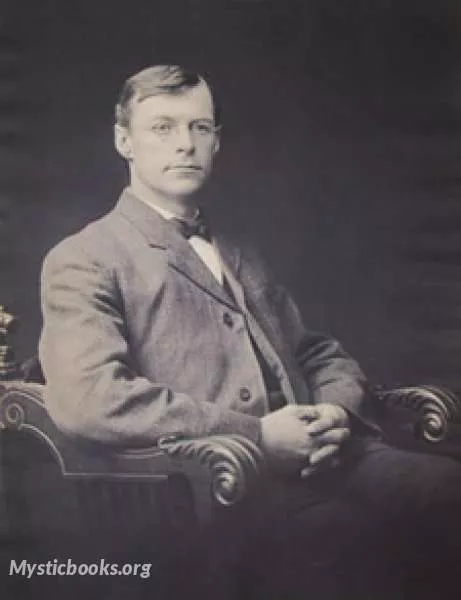
Timeline
Title
Country/Nationality
Clifton Johnson
Clifton Johnson was an American author, illustrator, and photographer. He published some 125 books in many genres including travel books, children's stories, and biographies, many with his own illustrations and photographs.
Clifton Johnson was born on January 25, 1865 in the village of Hockanum in Hadley, Massachusetts. He was the oldest child of Chester S. Johnson and Jeanette (née Reynolds) and had three siblings: two brothers, Charles (b. 1867) and Henry R. (b. 1868), and one sister, Jeanette L., known as Nettie (b.1872). He attended a local, one room schoolhouse, and then, the Hopkins Academy in Hadley. He dropped out at age 15 and spent five years working at the Bridgman & Lyman bookstore in Northampton before moving to New York City to study at the Art Students League of New York.
The Johnson family farm was located on the shore of the Connecticut River and, as a boy, Johnson enjoyed all that the river offered; boating, fishing, bathing, and skating in winter. Along with other boys, he enjoyed freeing logs that were caught in the river's curving shores after they were sent down-current from Canadian forests. During his early life, he barely traveled outside of Hockanum which "was hardly big enough to deserve the name ‘village,’" and he only traveled as far as Holyoke or Northampton to peddle berries. He was a self-described "hoodlum" and along with his friends "[w]e just delighted to steal apples, watermelons, and everything else." As a student, he disliked mathematics and classics preferring history and natural science, especially botany for which he had a great passion and allowed him to be outdoors.
He married Anna Tweed McQueston, a local school teacher, on May 25, 1896 and went on a honeymoon (which doubled as a work trip for Clifton) to England, Scotland, Ireland, and France. The couple had six children: Margaret (b. 1898), Arthur (b. 1900), Roger (b. 1901), Irving (b. 1905), later a sailor and captain of the "Charmian" as well as his own three ships all named Yankee, on which he and his wife Electa circumnavigated the world seven times, Katherine (b. 1911), and Oliver (December 15, 1902 – March 10, 1903) who died in infancy.
Even though he received little formal education, Johnson became an accomplished author, photographer, artist, editor, and folklorist. The anthropologist Carl Withers considered him a "skillful and often graceful writer, and … a foremost pioneer photographer of folk life … He was gifted to extraordinary degree with a ‘listener's ear.’ Johnson's involvement with folklore, as collector and reporter and as editor of folktale collections for children, is that of a social anthropologist interested in American folkways and folklore."
His first commission, to illustrate Wonderful deeds and doings of little giant Boab and his talking raven Tabib, a children’s book by Ingersoll Lockwood, came in 1890, followed by Little Captain Doppelkop by the same author a year later. Also starting in 1890, an ambitious project by the Northampton, MA based Wade, Warner and Co. Publishers asked Johnson to supply photographs for Picturesque Hampshire, to which he contributed hundreds of photographs and drawings. Five volumes followed in the series. The 1890s were also filled with books about country life in New England, a topic close to Johnson's heart and in which he was immersed all his life. The New England Country (1892) was successful enough to bring commissions from different publishers which resulted in The Farmer's Boy (1894), The Country School in New England (1895), and What They Say in New England (1896). His Old-time Schools and School-books (1904) was a scholarly study of early educational methods and materials based on examination of many early textbooks and especially Puritan Massachusetts. Writing in 1999, Martin Brückner referred to it as "old but still useful" when "a more detailed publishing history of geographic literature circulating in the early republic" was required.
His first few books prompted publishers to send Johnson on trips to England, Scotland, and Ireland to take photographs for reissues of classic popular books by the likes of J. M. Barrie, Jane Barlow and Ian Maclaren. On his second trip in 1896, he also visited France. He returned with hundreds of photographs, drawings, and notebooks filled with impressions, and, with the exception of France, folklore he gathered from the locals. From these he produced books about each country: Among English Hedgerows (1899), Along French Byways (1900), The Isle of the Shamrock (1901), and The Land of Heather (1903) as well as magazine articles. A special emphasis in the English books is put on children, their games, festivals, and everyday activities.
Books by Clifton Johnson
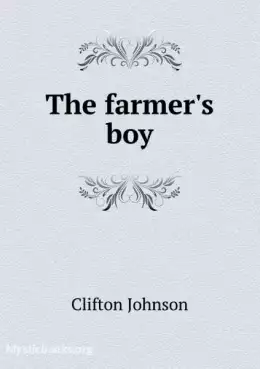
The Farmer's Boy
A year in the life of a New England farm boy at the end of the 19th century (Introduction by LC).
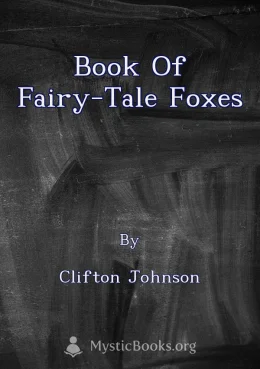
Book of Fairy-Tale Foxes
This collection of stories features foxes as central characters, drawing from global folklore and adapted for children. It offers a glimpse into various cultures' beliefs and stories about the cunning fox, presenting them as enchanting bedtime tales.
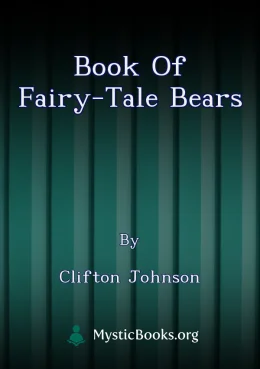
Book of Fairy-Tale Bears
This collection of stories explores the captivating world of bears in folklore and fairy tales. Each tale features a bear in a prominent role, taking the reader on enchanting journeys filled with magic, adventure, and unexpected twists. From tales o...
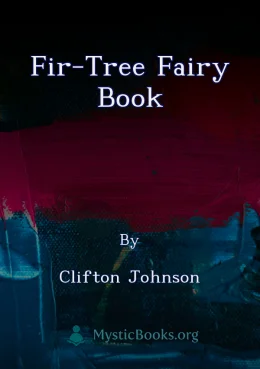
Fir-Tree Fairy Book
The "Fir-Tree Fairy Book" is a collection of fairy tales compiled by Clifton Johnson. It features a wide variety of stories, many of which center on animals, fairies, wizards, and princesses. While some tales originate from the works of the Brothers...